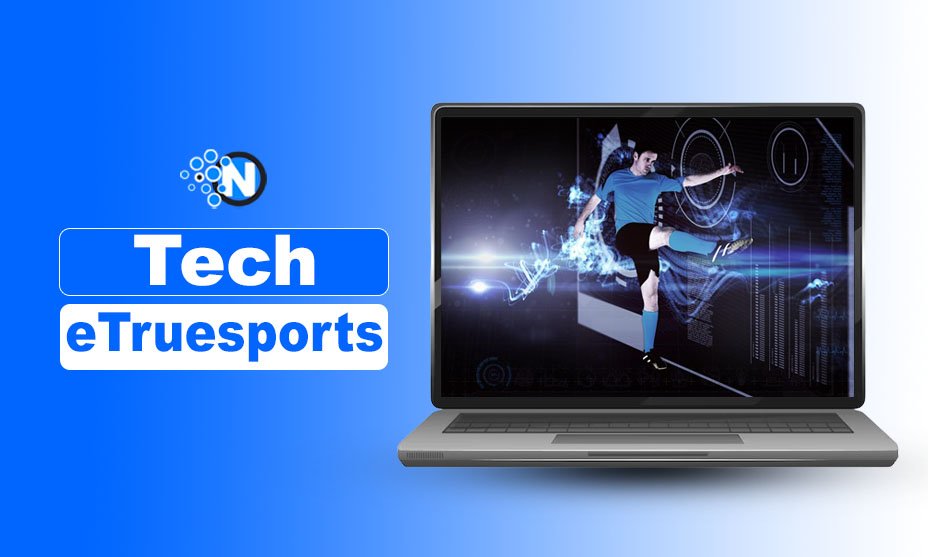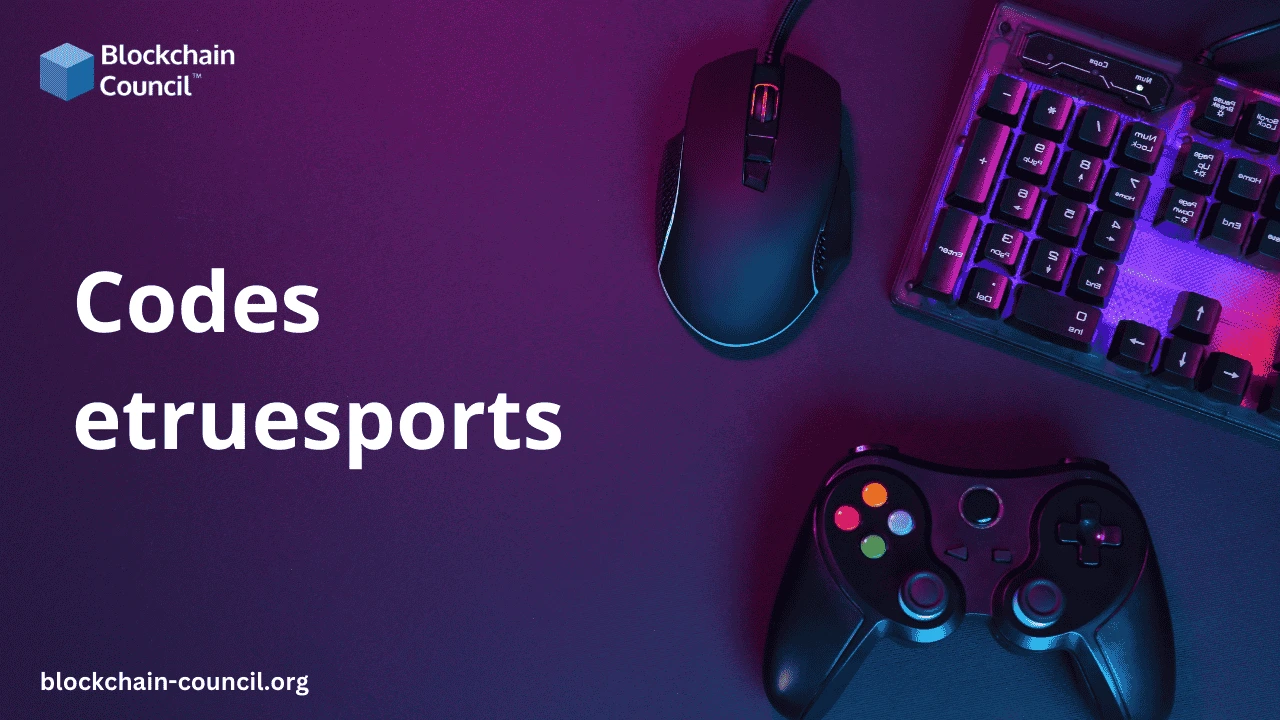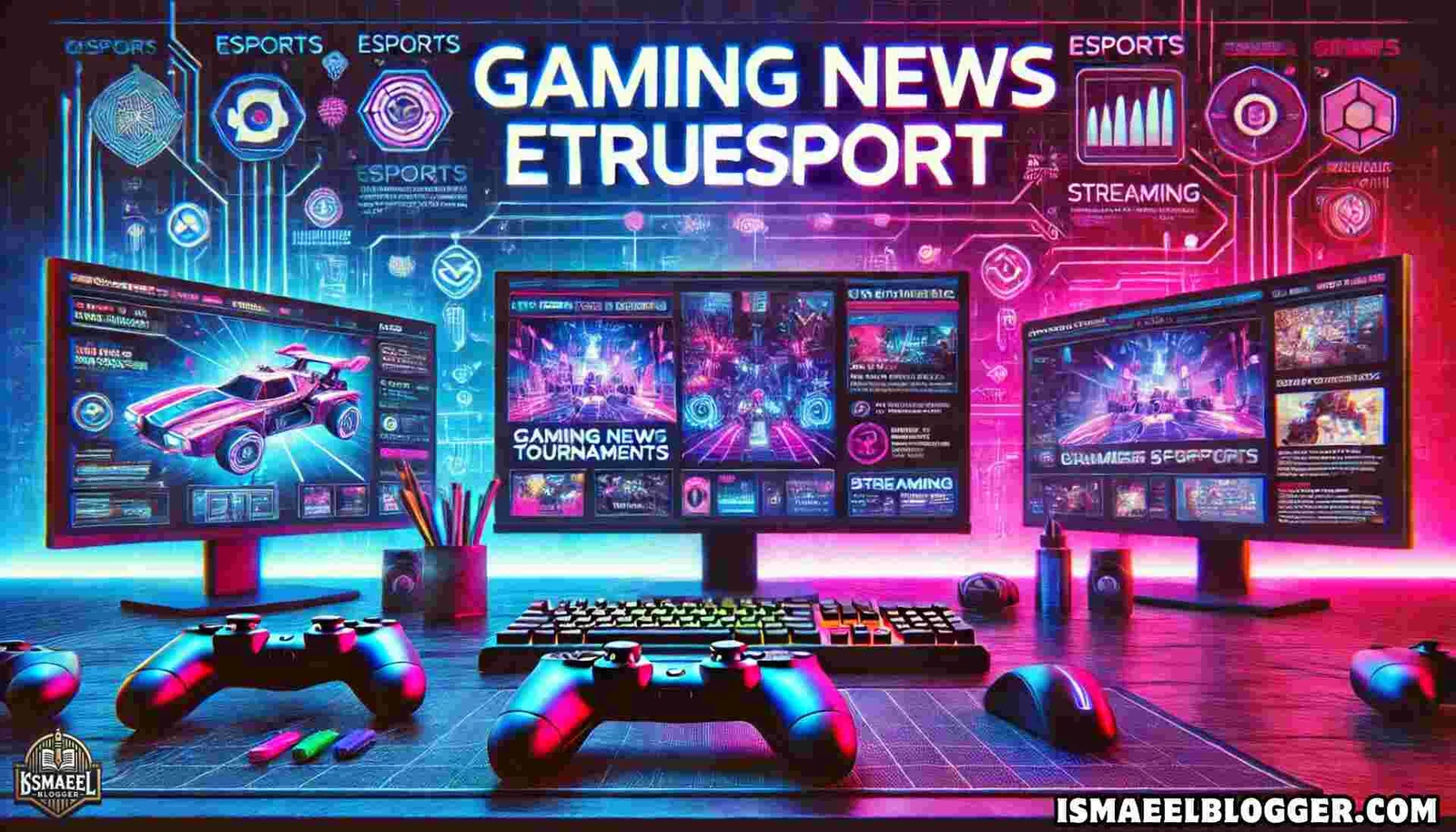In the ever-evolving landscape of competitive gaming, technology plays a pivotal role in driving innovation and shaping the future of tech etruesports . What was once a niche hobby has transformed into a global phenomenon, with massive audiences, multi-million dollar tournaments, and professional athletes competing in virtual arenas. The convergence of advanced technology and esports has not only redefined how games are played and experienced but also how they are integrated into broader digital ecosystems. This article explores how technology is influencing the rise of what is now being termed tech etruesports a fusion of cutting-edge tech and competitive gaming that is setting new standards in the industry.
The Technological Backbone of Modern Esports
The evolution of esports can be traced back to the development of video game technology itself. Early video games were simple in design and execution, but as hardware and software technology advanced, so did the complexity and depth of games. The rise of high-performance computing, advanced graphics processing units (GPUs), and sophisticated game engines has enabled the creation of immersive and visually stunning gaming experiences. Modern esports rely heavily on this technological backbone, with many of the most popular titles utilizing state-of-the-art graphics and physics engines to deliver unparalleled gameplay.
One of the most significant advancements in recent years is the development of high-refresh-rate monitors and low-latency input devices. These technologies are crucial for competitive gaming, where even the slightest delay can mean the difference between victory and defeat. High-refresh-rate monitors, which offer refresh rates of 144Hz, 240Hz, or even 360Hz, provide smoother visuals and faster response times. Meanwhile, low-latency gaming mice and keyboards ensure that player inputs are registered with minimal delay, giving professional gamers a crucial edge.

Streaming Technology: Bridging Gamers and Audiences
Another technological advancement that has revolutionized esports is streaming technology. Platforms like Twitch, YouTube Gaming, and Facebook Gaming have transformed how audiences engage with competitive gaming. Streamers and professional gamers can broadcast their gameplay to a global audience in real-time, creating a new form of interactive entertainment. This direct connection between players and viewers has not only increased the visibility of esports but also created new revenue streams through sponsorships, subscriptions, and donations.
Streaming technology has also contributed to the rise of esports as a mainstream form of entertainment. The ability to watch live matches, follow favorite players, and participate in community interactions has fostered a vibrant and engaged esports community. Moreover, advancements in streaming quality, such as 4K resolution and HDR support, have enhanced the viewing experience, making it more immersive and engaging for fans.

AI and Machine Learning: Enhancing Gameplay and Training
Artificial Intelligence (AI) and machine learning are playing increasingly significant roles in tech etruesports . These technologies are being used to analyze gameplay, provide strategic insights, and improve player performance. For instance, AI-driven analytics tools can track and analyze player movements, strategies, and in-game decisions, offering valuable insights that can be used to refine tactics and improve gameplay.
Machine learning algorithms are also being employed to create adaptive in-game environments and opponents. These AI systems can learn from player behavior and adjust the difficulty level or strategy accordingly, providing a more challenging and dynamic experience. Additionally, AI-driven training programs are helping players enhance their skills by offering personalized feedback and practice scenarios based on their performance data.

Virtual and Augmented Reality: The Future of Immersive Esports
Virtual Reality (VR) and Augmented Reality (AR) are poised to transform the tech etruesports landscape by providing new ways to experience and interact with games. VR technology offers a fully immersive experience, allowing players to feel as though they are physically present in the game world. This level of immersion has the potential to enhance the competitive gaming experience, making it more engaging and realistic.
AR, on the other hand, overlays digital elements onto the real world, creating opportunities for innovative gameplay and spectator experiences. For example, AR can be used to project game statistics, player information, and interactive elements onto physical spaces, enhancing the viewing experience for spectators and providing new ways to engage with the game.
The integration of VR and AR into esports is still in its early stages, but the potential applications are vast. From virtual arenas where players can compete in a fully immersive environment to augmented broadcasts that offer additional layers of information and interaction, these technologies are set to redefine the boundaries of competitive gaming.
Blockchain and NFTs: Changing the Game Economy
Blockchain technology and Non-Fungible Tokens (NFTs) are making waves in the esports industry by introducing new economic models and opportunities. Blockchain provides a secure and transparent way to track and verify digital assets, which has significant implications for in-game items, player achievements, and tournament prizes.
NFTs, in particular, are gaining traction as a way to create unique and tradable digital assets within games. These tokens can represent rare in-game items, exclusive content, or even ownership of virtual properties. For tech etruesports organizations and players, NFTs offer new revenue streams and ways to monetize their involvement in the industry.
Blockchain technology also enhances the security and integrity of online transactions, reducing the risk of fraud and ensuring that players and organizations are fairly compensated. As the esports ecosystem continues to grow, the integration of blockchain and NFTs is likely to play a crucial role in shaping its economic landscape.
The Future of Tech Etruesports
The rise of tech etruesports represents a convergence of advanced technology and competitive gaming that is reshaping the industry. From high-performance hardware and streaming innovations to AI-driven analytics and immersive VR/AR experiences, technology is driving the evolution of esports in unprecedented ways.
As we look to the future, it is clear that technology will continue to play a central role in the development of tech etruesports . Emerging trends such as AI, VR, AR, and blockchain will further enhance the competitive gaming experience, creating new opportunities for players, fans, and organizations alike. The integration of these technologies promises to push the boundaries of what is possible in tech etruesports , making it an exciting and dynamic field with endless possibilities.
In conclusion, the rise of tech etruesports underscores the profound impact that technology is having on the world of competitive gaming. As the industry continues to evolve, it will be fascinating to see how these technological advancements shape the future of tech etruesports and redefine the way we experience and interact with games.




